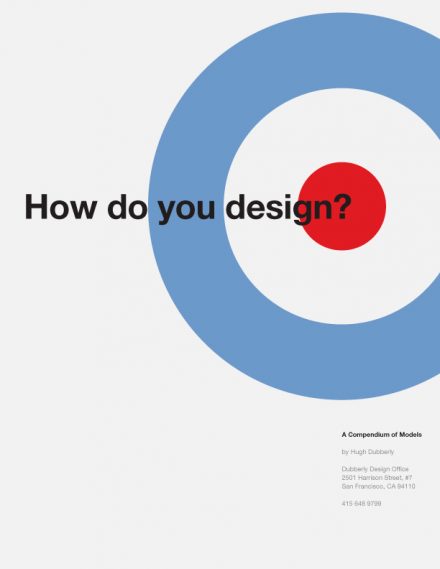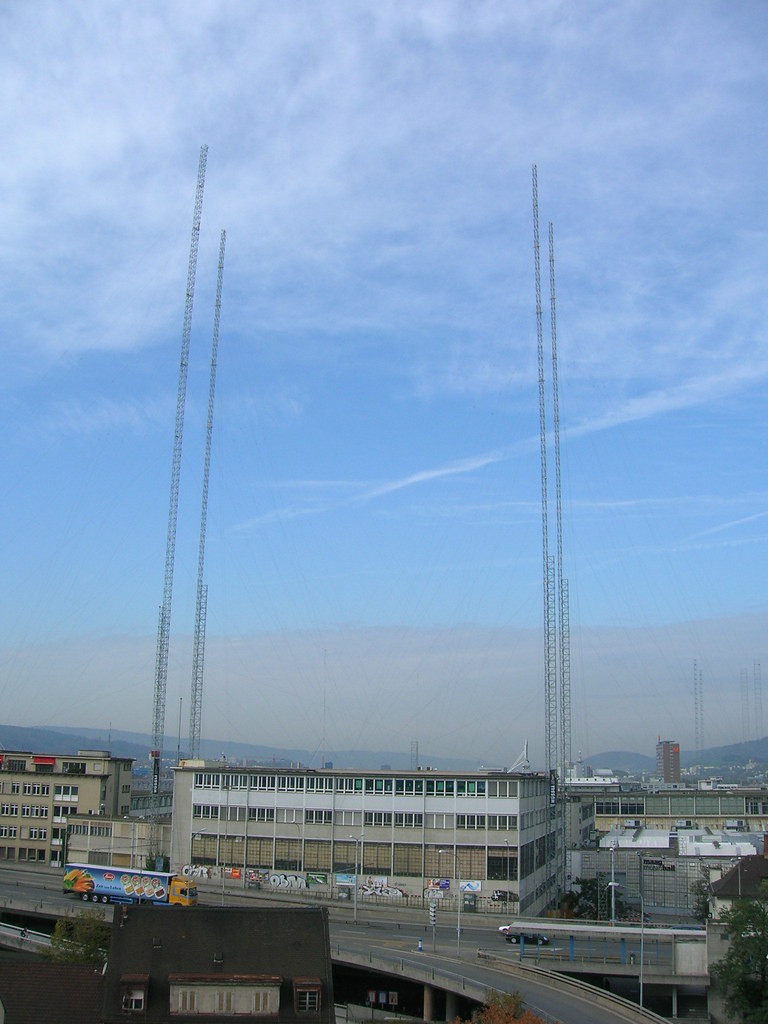 This week, I finally took some time to attend the Design Biennale in Saint Etienne, France. In this post, I tried to gather my thoughts about what I've learned there. Before starting off, I should perhaps point out that I am not that familiar with such events, having perhaps a different take on design per se. In my discovery of design as a domain, I tried to sketch down my impression here.
This week, I finally took some time to attend the Design Biennale in Saint Etienne, France. In this post, I tried to gather my thoughts about what I've learned there. Before starting off, I should perhaps point out that I am not that familiar with such events, having perhaps a different take on design per se. In my discovery of design as a domain, I tried to sketch down my impression here.

My first comment simply goes to the biennale setting. I am often struck and very intrigued by the environment where design and art exhibit are located: the place itself and its history is sometimes more intriguing to me than what's exhibited. This is why I was really mesmerized by the place where the Biennale happens. It's basically a huge and old manufacture, the former Manufrance and L'Arsenal buildings. Simply put, it's where both consumer goods (and weapons) use to be produced till the 1970s in France. Huge industrial buildings with weird lights, alleys and concrete stonewall. You can even encounter some remnants from the past, in the form of old signage or dirty windows. What's at stake here is that this building (which is going to become the french "Cité du design") bears lots of meaning in terms of the french industrial history. It thus gives a certain framing, at least for me, to the whole exhibit.

Now, regarding the exhibit itself, I did not have time to have a look at everything since the whole event is quite big. My general impression is that it was sort of messy with a lot of different sub-exhibits. Down the road, it was sometimes a bit confusing but I guess it's what happen when you have different curators who want to bring forward different perspectives. No problem with that. There are of course lots of colorful and weirdly shaped objects that I don't know what to think: cushions, weird chairs and tables, futuristic objects with ugly fluo-colors and stuff... this is an aspect of "design" that I don't really understand (not to mention the personification of the people who produces these artefacts). What's weird here is that in french, the word "design" is now commonly used as an adjective to refer to stylish-and-snub objects bought (or loved) by some folks. Certain parts of the exhibit may have been targeted to this crowd, familiar with the whole literature about colorful and expensive crap, but it was less present than what I feared beforehand.
Another general impression was also bound to the french system of museums and exhibits: I went there on a week day and it was crowded... with kids. It's indeed very common in France for schools to organize visit for their pupils and most of the museums rely on this audience. Of course kids are so-so with long exhibit but I found interesting that they can approach the field like this, with teachers and design students giving them some information about the context and what the artefacts mean. Don't know whether it may shape their design culture but still.

Among the large variety of I was particularly interested by three places/sub-exhibits: EcoLab, the "Demain c'est aujourd'hui" ("Tomorrow is today") and Jean-Louis Fréchin carte blanche by Via. Let me try to nail down the implications of these.

In "Fabrique 5000", The City Eco lab, orchestrated by John Thackara, was a huge and fascinating temporary "event about city-regions and design that includes permaculture, mushrooms, spin-farming, fritzing, open money, peak protein, alternative trade networks, dry toilets, sustainable urban drainage, alternate reality games, watershed planning, seed banks, de-motorisation, and VeloWalas".
What was important here, especially at a design biennial, is simply the idea that it's not about products (be they green or not) but about people and practices. Creating a more sustainable way of life is indeed not just about turning anything into green stuff but certainly changing people's habits and practices. Therefore, the important issue at stake for design lies in the role of designers (and artists): what is left when innovation should be less about adding new products to the stack of artifacts we have? Eco Lab answers this by showing real-life solutions that have been envisioned. It was all about low-energy food storage solution, recycling practices, new forms of mobilities, new economic models, local trading schemes, community supported agriculture, urban gardening, the re-connection of cities with their natural resources and of course (we're in France) a great canteen that only served products sourced within a 80km radius.
I have to admit that although I support this approach, I have never approached these issues in my work (perhaps because I haven't found any context to do so) but it seems highly motivating. Perhaps the sort of stuff that I am doing (studying how people do things) may be valuable for this sort of approach: documenting habits, uncovering practices and weak signals, people's daily bricolage, etc. and turn them into insights about sustainable behavior that should be amplified or act as inspiration for designers. City Eco Lab also interestingly proposed real-time activities (lots of kids!) and discussions. It was certainly one of the liveliest event in the whole biennial. Finally, it was tremendously inspiring to see this thing and envision some possibilities of sorta "real time/living lab" where solution can be explored, and not necessarily with technologies. I liked this a-technological approach which highlight the fact that innovation can also be social (with process and collaboration between people and existing artifacts).

The next event I looked at carefully was the "Demain c'est aujourd'hui" ("Tomorrow is today". Described as an "industrial prospective exhibition", it presented a selection of objects, prototypes, videos and mock-ups about the near future. The whole set sort of exemplified how design can be used a tool in foresight and strategy. Although I was not convinced by some projects (perhaps because I've seen them elsewhere), some were intriguing and could be described as good landmarks. What was kinda weird there, was this fascination with the "electronification" of everything. "The intelligent pillarbox" was the sort of stereotype for that matter.

That said, one of the most intriguing one was certainly the Wablog (see above) by Jean-Louis Fréchin and Uros Petrevski. This device allows to turn yourself in an avatar using gestural interactions to get and show presence-awareness. You can also leave "traces" on different platforms such as twitter, facebook, flickr and blogs as well as being aware of connections/comments by others on the very platforms. Very low-tech and minimal, designed with arduino and processing, it's an intriguing piece of object.
This leads me to the other work of Jean-Louis and Uros, that they presented in a separate exhibit that was called "Interface(s)" enabled by VIA.

It's a set of objects called "objets relationnels" that explore how the objects we know at home (light, wallpaper, shelves) can become interfaces. The point is that computation is present but not necessarily visible, as it's dissolved in the device. It's also about mixing ancient and modern material. Technology is not important per se, it's sits here only to create relationships between objects and people or between people/the environment.
Five objects were presented:
- Waaz: a stereo set in the form of a shelf which enables audio diffusion and archiving digital music files. Interacting with it consist in dropping an audio CD or vinyl on top of the shelf to launch or stop the music. It simply used the objet as the mode of interaction.
- Wasnake: a snake-like display in the form of shelves with colored LEDs and optical fibres that fill blocks periodically along the shelf. SMS and RSS feeds can scroll across the length of each displays.
- Wapix: chronopictographic digital photo frames that can connect with each others through a wireless link and images can pass from one display to another. The high quality indeed reminds of the ektachrome.
- Wanetlight: luminous suspension composed of 25 blown glass candles that form a 3D matrix of light controllable with a Nintendo Wiimote.
- Wadoor Up: a door-screen with a low resolution electro-luminescent surface composed of EL pixel modules. Each lil bulb can be piloted individually, allowing users to write information messages or draw patterns.
All of them are clever instantiations of ubiquitous computing where computing vanished and is smoothly integrated to the object fabric. Interesting integration of technologies in objects. The proximity of these different interfaces in the same room makes the experience very coherent and gives a certain flavor of a possible "near near future". It was actually more relevant to me than the "demain c'est aujourd'hui" exhibit with this nearfuturistic sense.
 A curious prototyping device for hairdresser students... sort of uncommon to see teenagers hanging around with chopped off head in train station.
A curious prototyping device for hairdresser students... sort of uncommon to see teenagers hanging around with chopped off head in train station.
 It seems that people wanted to combine toys and robots for quite a long time, as attested by this
It seems that people wanted to combine toys and robots for quite a long time, as attested by this 

 (Pigeon Blog maps)
(Pigeon Blog maps) Don't think I posted it here but this
Don't think I posted it here but this  What? A quickly found picture to celebrate the 5000th post on this blog.
By Pierre la Police of course, depicting an imaginary
What? A quickly found picture to celebrate the 5000th post on this blog.
By Pierre la Police of course, depicting an imaginary 





















 People interested in hybridized ecologies (how the digital and the physical can be interlinked) and how they can be designed in weird ways may be interested to have a look at
People interested in hybridized ecologies (how the digital and the physical can be interlinked) and how they can be designed in weird ways may be interested to have a look at 



 The first issue of
The first issue of 